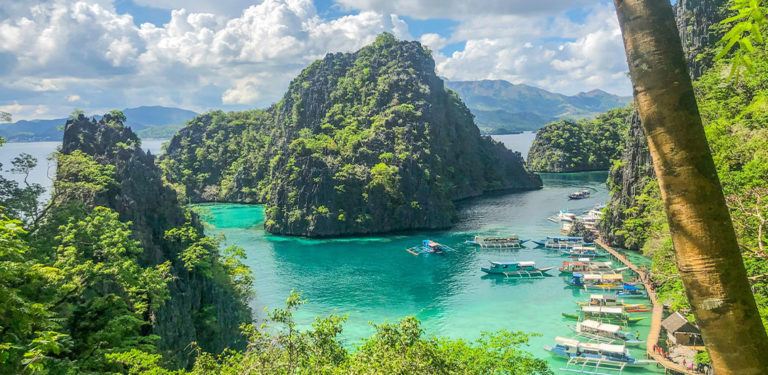You taste the salt before you see it. The banca’s bow slides through a limestone keyhole and the lagoon opens like a jade bowl. Morning light combs the cliffs, a kingfisher stitches a blue line across the water, and the sea breathes in the cave’s dark mouth. The air is cool and mineral—the kind of hush that settles you into the present. Palawan at daybreak doesn’t perform; it simply reveals itself, and you feel your shoulders drop.
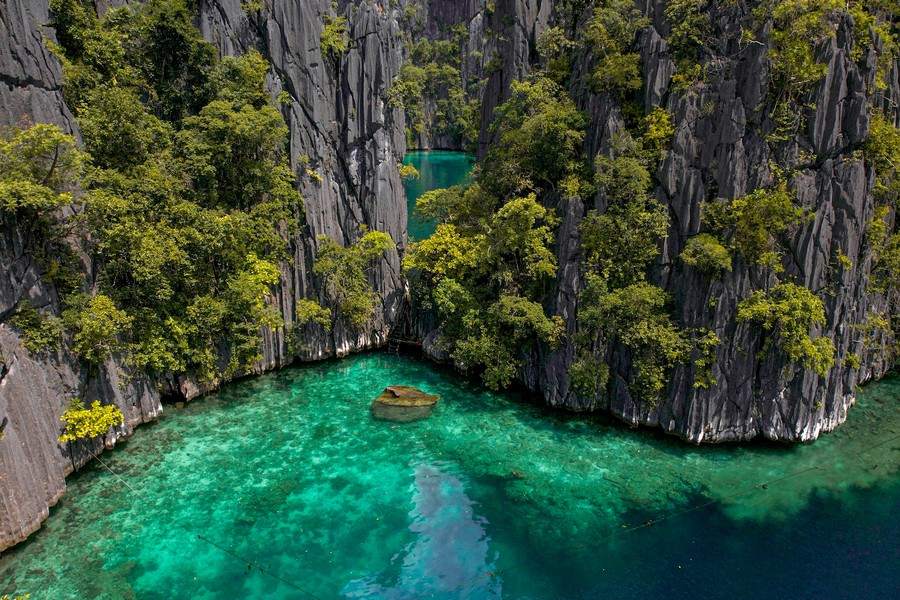
This year, travelers around the globe agreed with what locals have always known. Palawan was named the World’s Best Island to Visit (2025) and simultaneously Asia’s # 1 island.
Palawan: Province, Island, or Both?
Palawan is all three at once: a province, a long main island, and an archipelago of roughly 1,780 islands and islets that sweep between the South China Sea and the Sulu Sea. The province sits in the Mimaropa region and includes the Calamianes to the north (Busuanga, Coron, Culion, Linapacan), the Cuyo Islands in the Sulu Sea, and Balabac near Borneo. Puerto Princesa—geographically within Palawan and the island’s gateway—is the provincial capital and a highly urbanized city in its own right. In everyday terms, when travelers say “Palawan,” they may mean the province, the main island, or beloved corners such as El Nido and Coron. However you define it, the experience is the same: limestone, blue water, and a horizon that keeps opening.
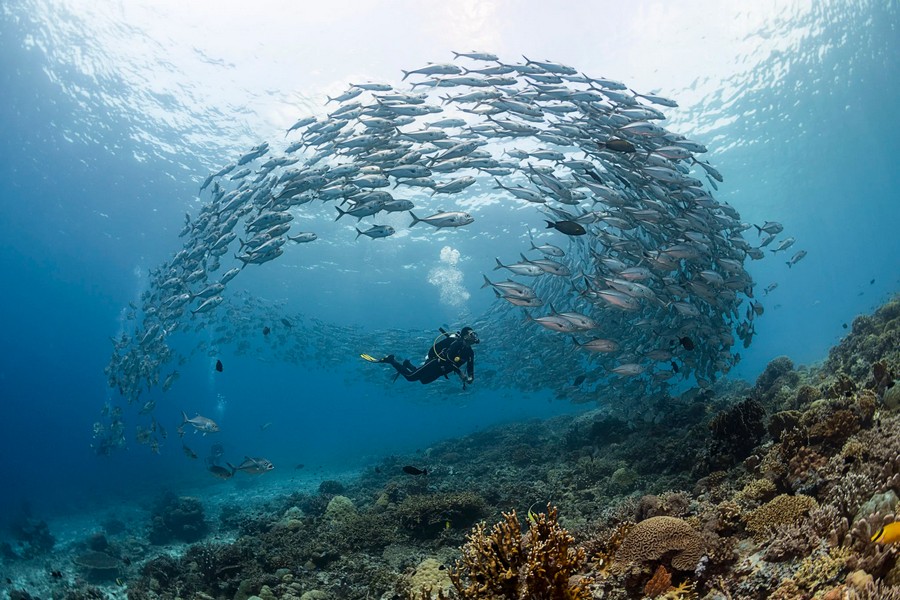
A Short History of an Island Frontier
Long before resort timetables and airline codes, people sheltered in Palawan’s Tabon Caves at Lipuun Point. Excavations point to near‑continuous human presence from roughly 30,000 to 9,000 years ago, with stone tools, hearths, and burial jars telling a story of long memory. Trade later braided Palawan into Southeast Asia’s maritime world; ceramics and words arrived by sail, and communities learned the winds the way others learn the seasons.
Spain folded Palawan into its empire in stages. Fortified churches rose at Taytay, Cuyo, and Linapacan to face down Moro sea raids; southern Palawan was ceded by Brunei to Spain in the mid‑18th century; and the long main island—known for a time as Paragua—saw capitals shift between Cuyo, Taytay, and Puerto Princesa as authorities redrew maps. American rule reorganized towns and laid roads; then World War II burned new names into memory when carrier‑borne aircraft struck Japanese shipping in Coron Bay in September 1944, sending freighters to the seabed where divers now fin through rib and hatch in shafts of blue.
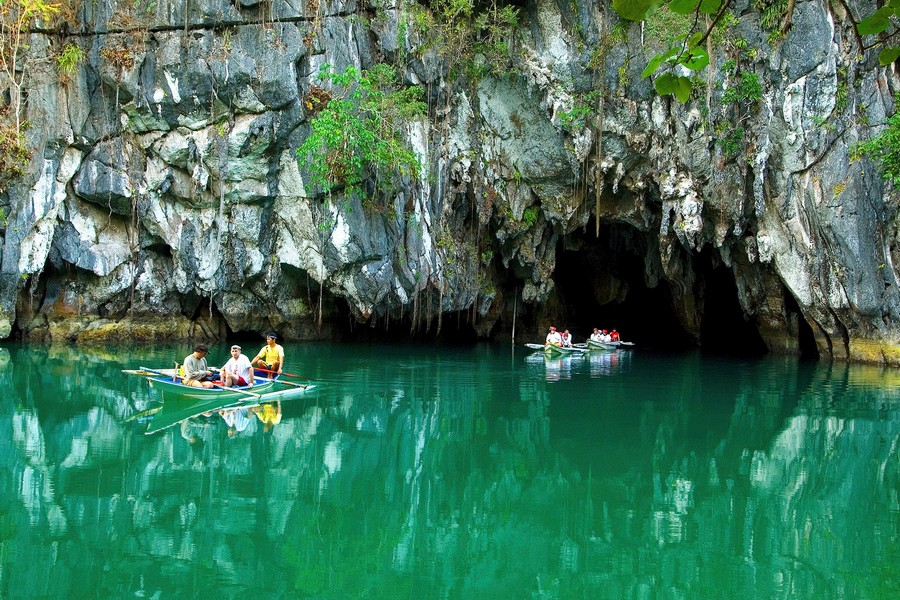
What followed is the arc that defines Palawan today: protection paired with access. In 1990 the entire province became a UNESCO Biosphere Reserve; in 1992 the Strategic Environmental Plan created zoning across land and sea—mangroves, islands, reefs—so development would answer to ecology. Tubbataha Reefs earned World Heritage status in 1993 (expanded in 2009), Puerto Princesa’s Underground River in 1999, and the island’s stewardship matured into a quiet confidence. The result is a frontier that feels both storied and intact.
Five Palawan Moments You’ll Never Forget
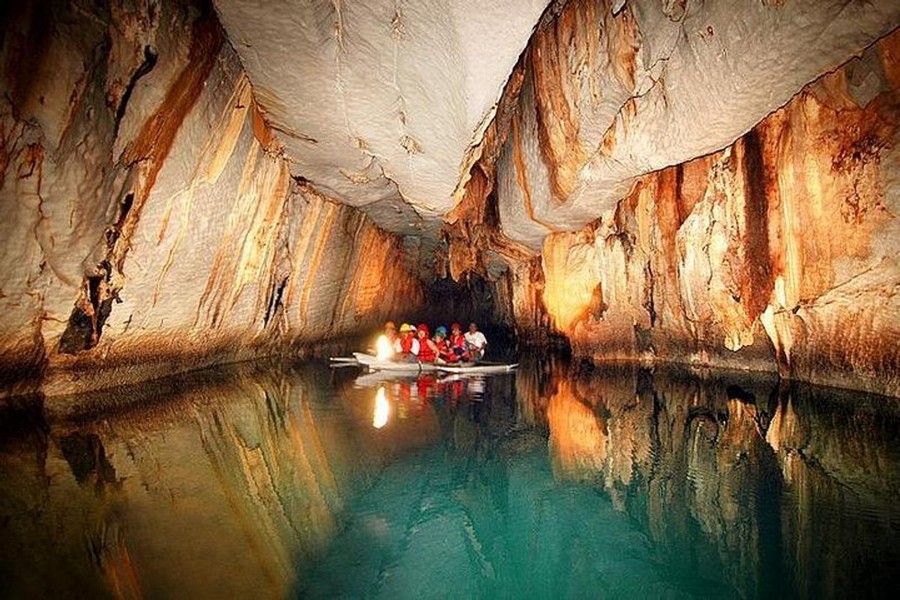
1) Puerto Princesa Underground River
You board a small paddle boat at Sabang where the forest meets the sea, and the world narrows to the knock of oars and the drip of water. Inside the cavern, the temperature falls and the light becomes a silver wash, revealing stalactites like frozen curtains and cathedral-high chambers where your voice rises and disappears. Bats flutter, the guide’s torch paints grotto walls, and the river slides past in a tide-ruled pulse. It’s a rare place where geology, biodiversity, and stillness share the same address—and you leave blinking, as if stepping out of a dream.
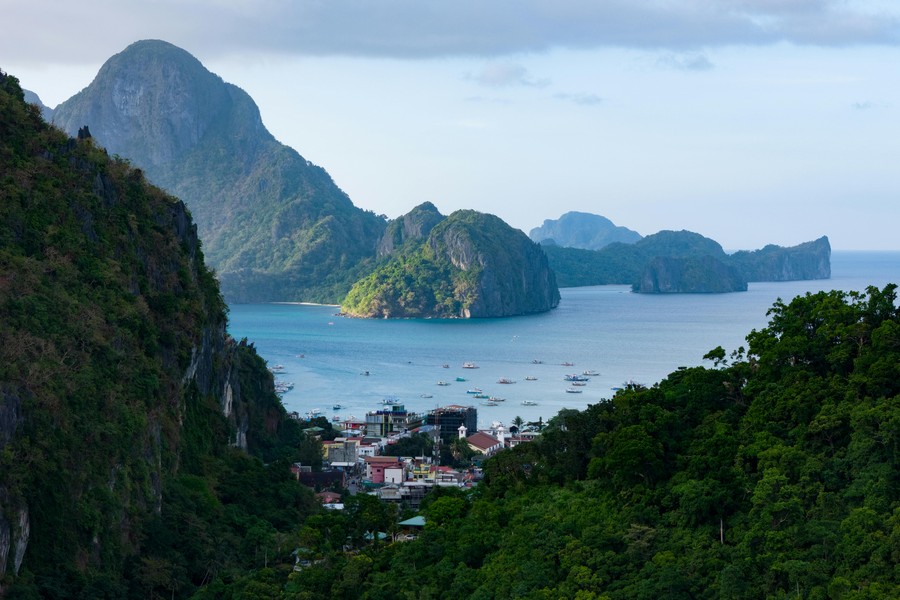
2) El Nido’s Big Lagoon
Aim for slack tide, when the water turns to glass. The kayak glides over seams of aquamarine and emerald, and the limestone ramparts rise straight from the sea like a natural amphitheater. The sound here is a soft one: paddle, drip, breath. Mangrove roots braid into the shallows; a reef shadow moves like smoke beneath you. You park the kayak in a pocket of sand, sit with your feet in the water, and watch the cliffs trade green for gold as the sun climbs. It’s simple, elemental, and wholly absorbing.
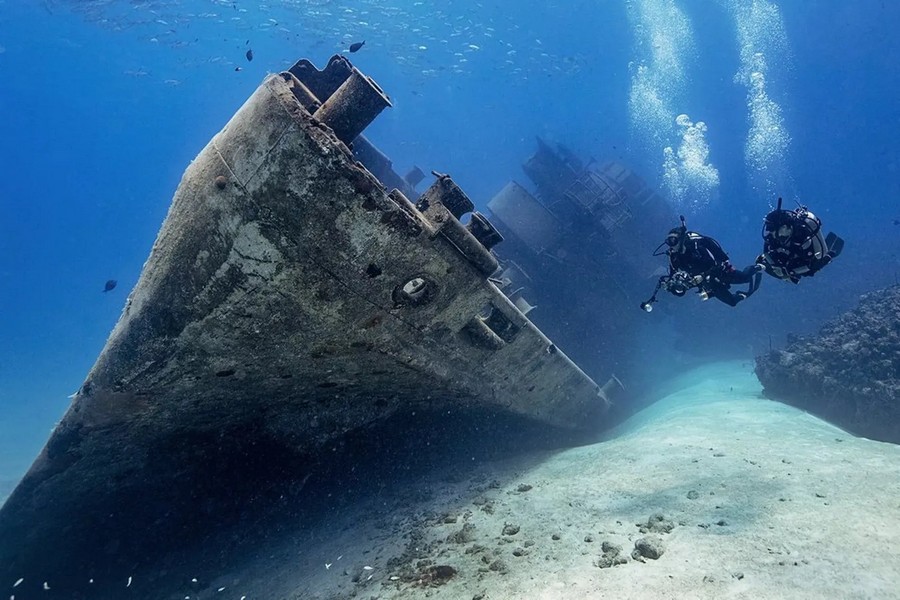
3) Coron’s Wreck Dives
Sun-struck and bright at the surface, Coron becomes cinematic as you drop. Beams of light rake through blue water and resolve into the ribs and decks of WWII shipwrecks furred with soft corals. Sweetlips queue like traffic; clouds of glassy sweepers part as you cross a companionway; a turtle regards you with casual indifference and sails past a gun mount now claimed by the reef. Even if you only snorkel the shallower hulks, the sensation is the same: history softened by time, transformed into a living garden.
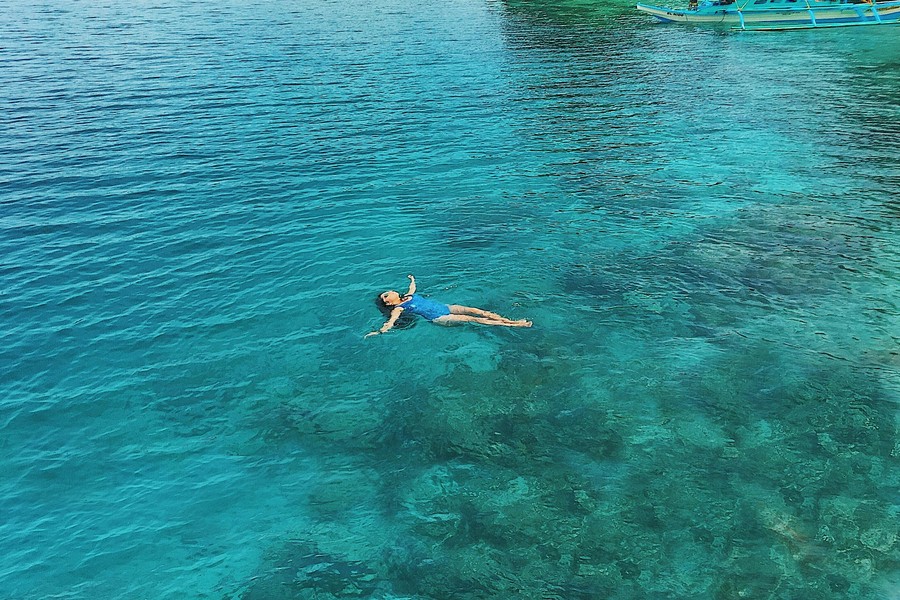
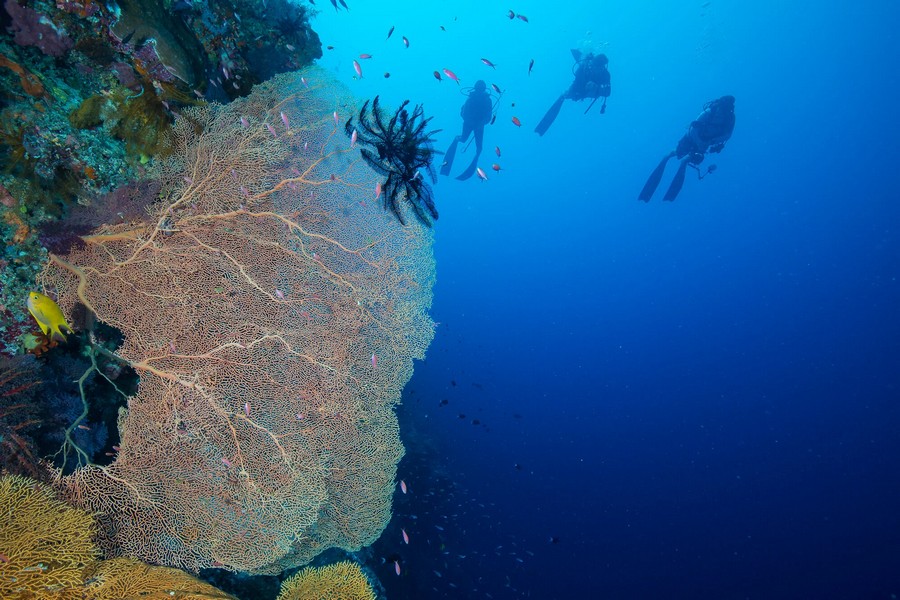
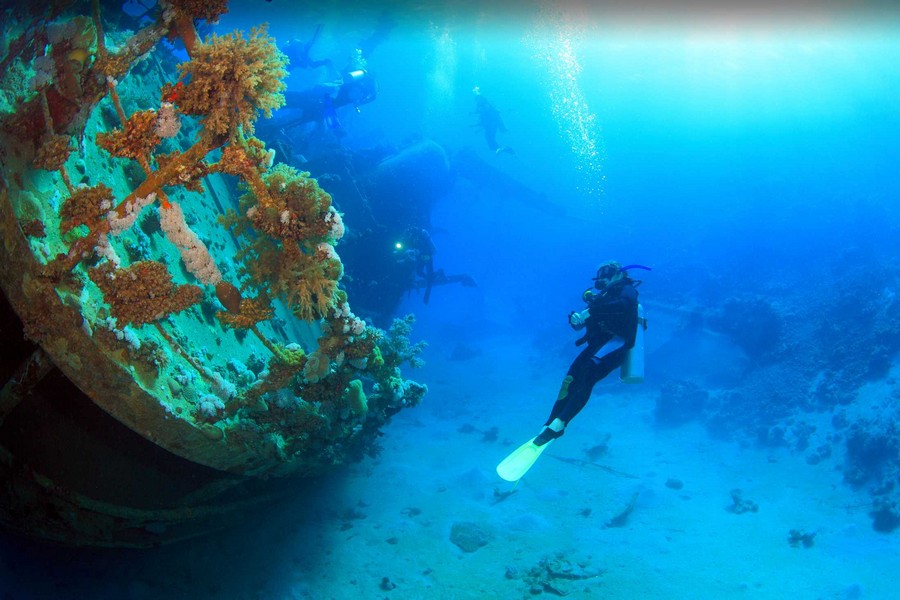
4) Pamalican Island & Amanpulo
The arrival is barefoot. A private plane lands on a ribbon of runway, and within minutes you’re in a casita steps from a sugar-white strand. The pace is unhurried—paddle boards at dawn, reef snorkeling off the beach, a book under the palms in the heat of the day. Service is quiet and anticipatory, a butler appearing with cold calamansi at the moment you think of it. There’s no golf course—fittingly—but there is a whimsical, eco-friendly seaside driving range where biodegradable balls dissolve into fish food, an island wink at play. At night, the beach becomes a cinema, and the Milky Way does its best to steal the show.
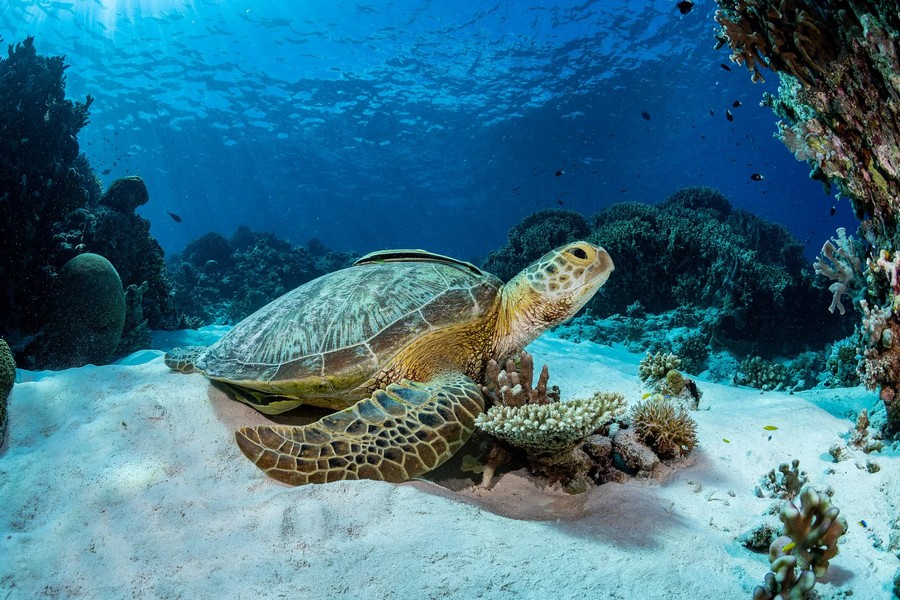
5) Tubbataha Reefs Natural Park
Far offshore, where the Sulu Sea turns a saturated blue, lies a diver’s Eden reachable only by liveaboard. Vertical walls fall away into indigo; schools of jacks shear past in mirrors of silver; mantas appear like quiet planets and keep their own slow time. Between dives you sit on the aft deck with coffee and watch the horizon do nothing at all. It’s wilderness in the truest sense—protected, pristine, and humbling—and it explains why Palawan’s brand of luxury is rooted in what the sea is, not in what we build beside it.
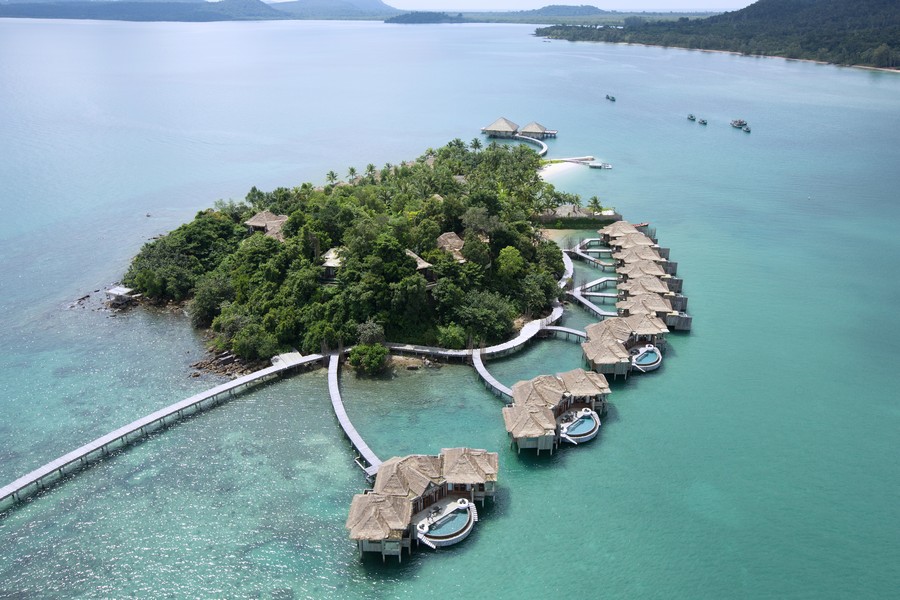
Flavors of the Islands
Palawan tastes like the sea brightened with citrus and smoke. Lunch might be kinilaw: tuna kissed with vinegar, ginger, and chilies. Dinner could be octopus charred over coconut husk and finished with kalamansi; or tiger prawns in coconut cream with a side of garlic rice and green mango salad. In simple beachfront shacks and polished hotel dining rooms alike, the ingredients stay honest. Order a buko juice hacked open to order; finish with halo-halo, a riot of textures under shaved ice, best eaten slowly while the sunset takes its time.
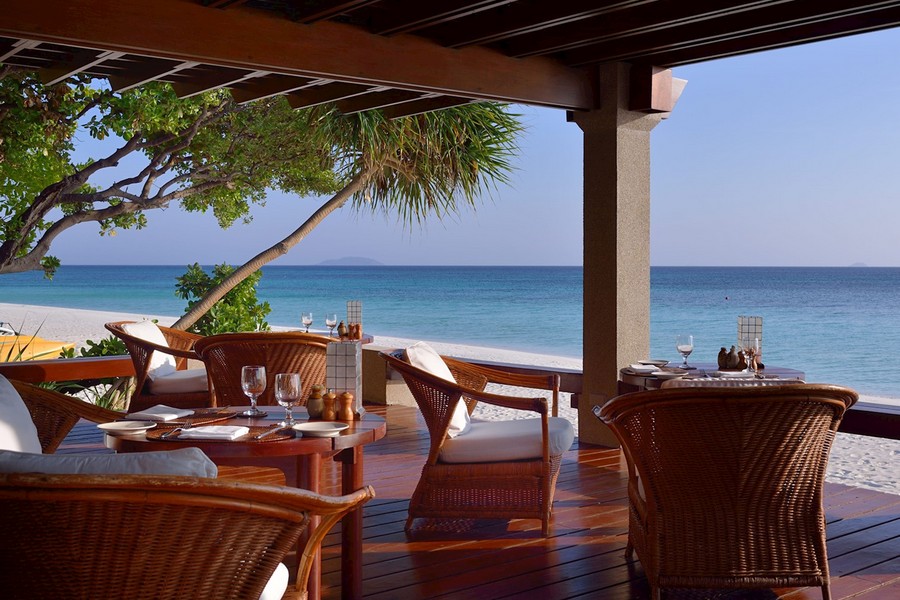
Getting There from Bangkok
Two easy paths lead you to paradise. The first is Seamless Scheduled: Bangkok to Manila, then onward to Puerto Princesa (for the Underground River), El Nido (for lagoons), or Busuanga/Coron (for wrecks). Connections are well-timed and, with a morning departure, you can be raising a glass by late afternoon. The second is Private Direct: charter flights deliver you closer to the sand with minimal fuss, ideal for families or groups who value privacy and daylight arrivals. Either way, pack light, bring reef-safe sunscreen, and plan lagoon paddles for mornings when winds are lowest.
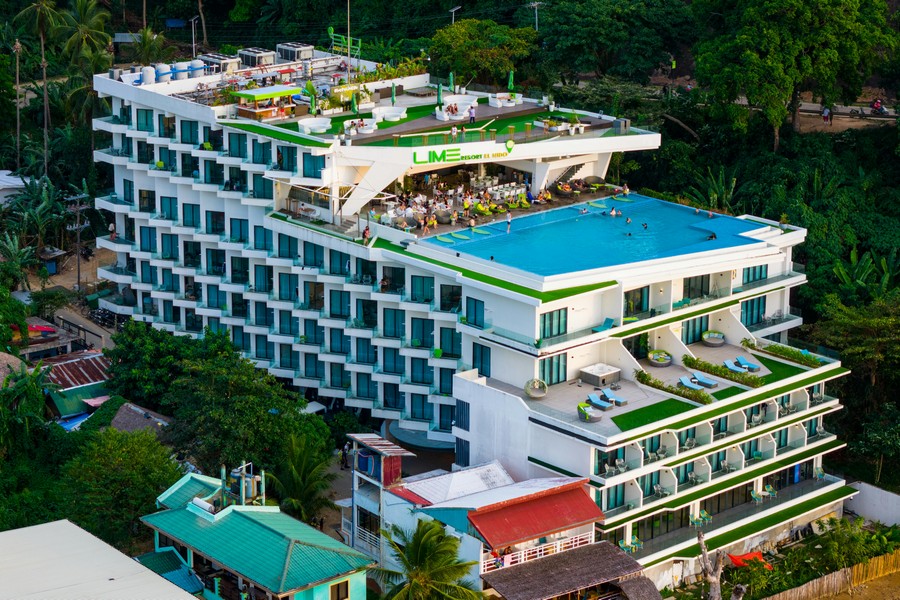
Best Time to Visit
Palawan shines from November to May. December to February brings cooler air and soft light for photography. March to May is peak lagoon time with glassy seas and long beach days. Divers target mid-March to June for Tubbataha’s prime window, when visibility soars and pelagics are most reliable. The wet season has its charms—lush hills, fewer boats—but the sea’s mood turns changeable. If lagoons and long crossings are your goals, let the dry months be your guide.
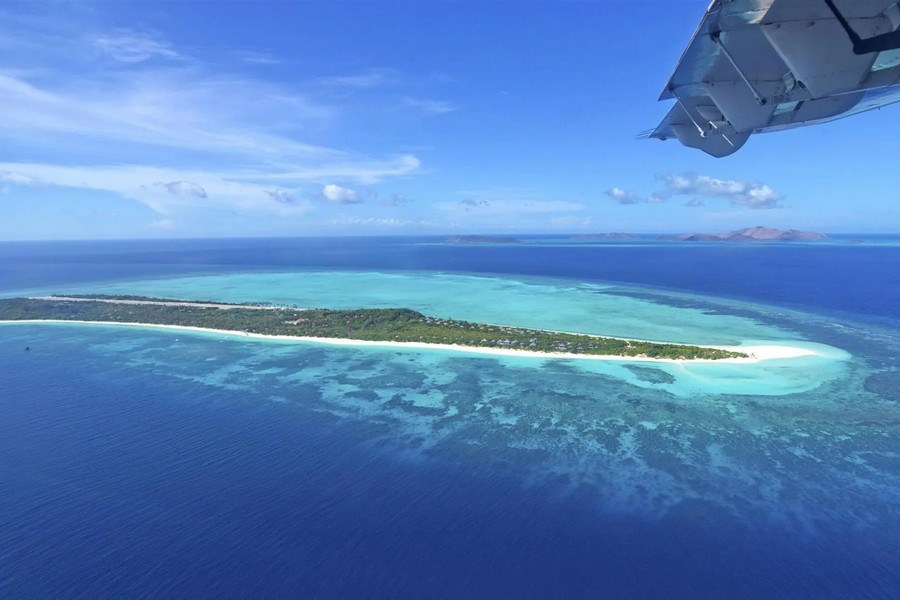
Culture & Conservation
Palawan isn’t just scenery. It is home to the Tagbanua and Batak peoples, whose deep knowledge of currents, seasons, and reefs underpins the island’s character. Much of Palawan sits within a UNESCO Biosphere Reserve, a status that ties conservation to community. You feel it in the briefings before a cave tour, in the way boatmen idle through turtle grass, and in island kitchens that buy their fish by the hook, not the net. The pride is quiet but everywhere—a sense that the island’s future matters as much as your holiday.
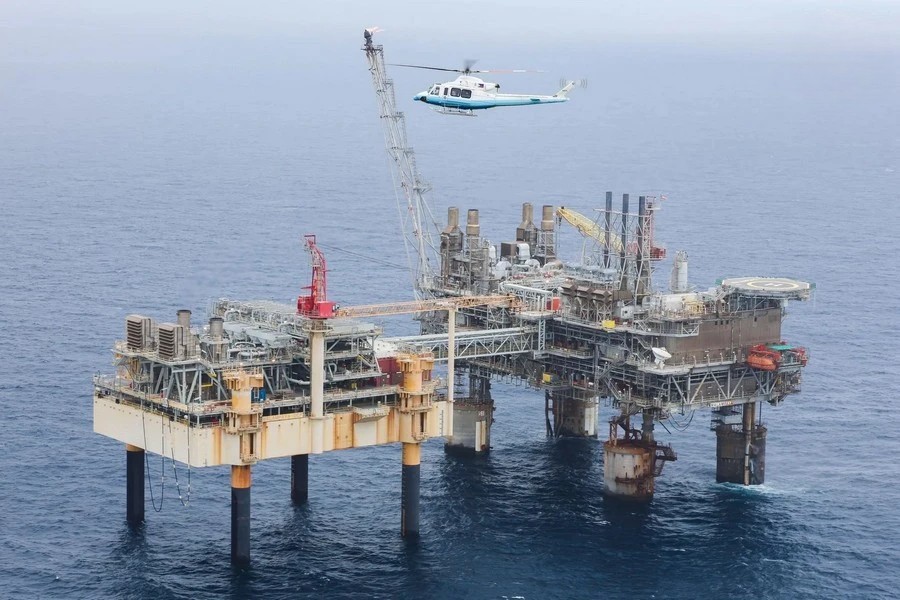
Industry: Nature, Energy, and the Blue Economy
Tourism leads the headlines, but Palawan’s economy is broader than beach days. Offshore, the Malampaya gas project has long powered parts of Luzon, with operations staged from bases near Puerto Princesa. In the far south around Bataraza, nickel mines and processing plants support thousands of jobs while operating under tight environmental oversight. Closer to shore, the small-boat fisheries—tuna, squid, reef fish—remain the daily heartbeat for many coastal villages. What sets Palawan apart is the way these sectors sit beside an ever-strengthening conservation ethic: zoning that keeps lagoons clear, environmental compliance for new builds, and communities that increasingly see healthy reefs and forests as their best long-term industry.
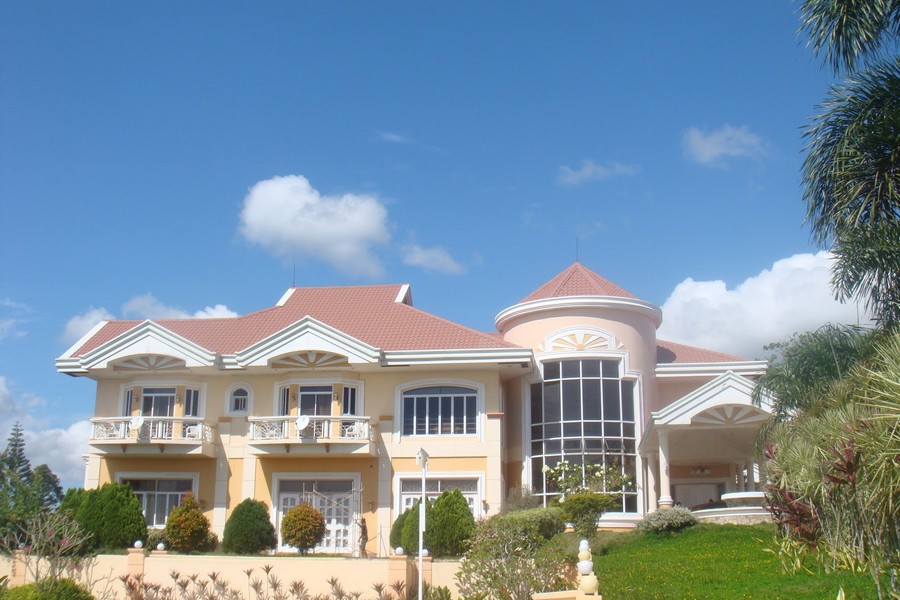
Real Estate: Owning a Slice of Paradise
For would‑be homeowners, the rules shape the opportunities. Foreigners can purchase condominium units (in projects where at least 60% of the building is Filipino‑owned) and may take long‑term leases on land; outright freehold land ownership remains restricted to Filipino citizens and majority‑Filipino corporations. In practice, that means Puerto Princesa offers the most straightforward condo options; El Nido and Coron lean toward boutique hotels, eco‑lodges, and long‑lease villas with strict zoning; and San Vicente—home to the 14‑kilometer Long Beach—has designated tourism zones that favor thoughtfully planned developments. Wherever you look, insist on clean titles, environmental compliance certificates, and alignment with local zoning. The smart bet here mirrors the island’s values: low‑impact architecture, generous setbacks, solar and rainwater systems, and designs that let the sea and sky do the decorating.
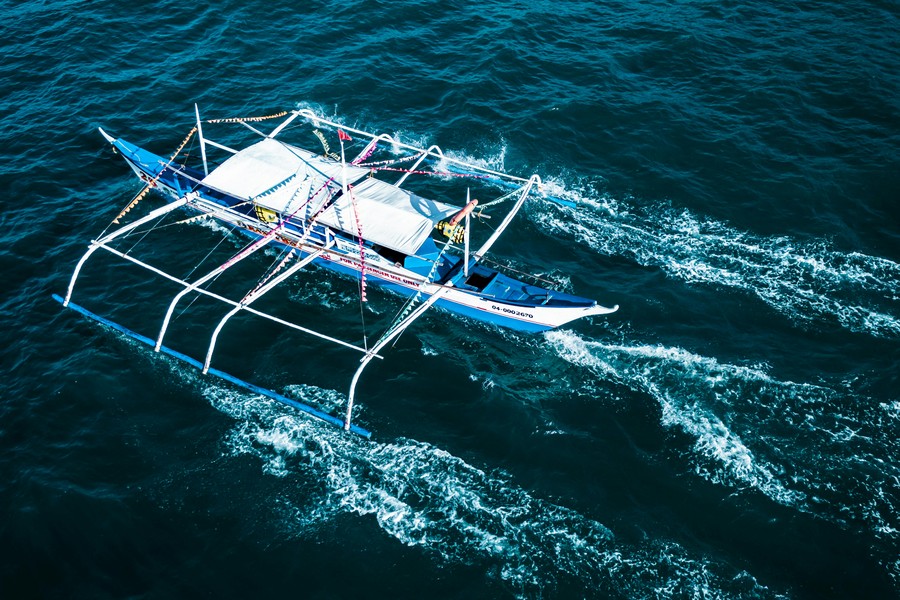
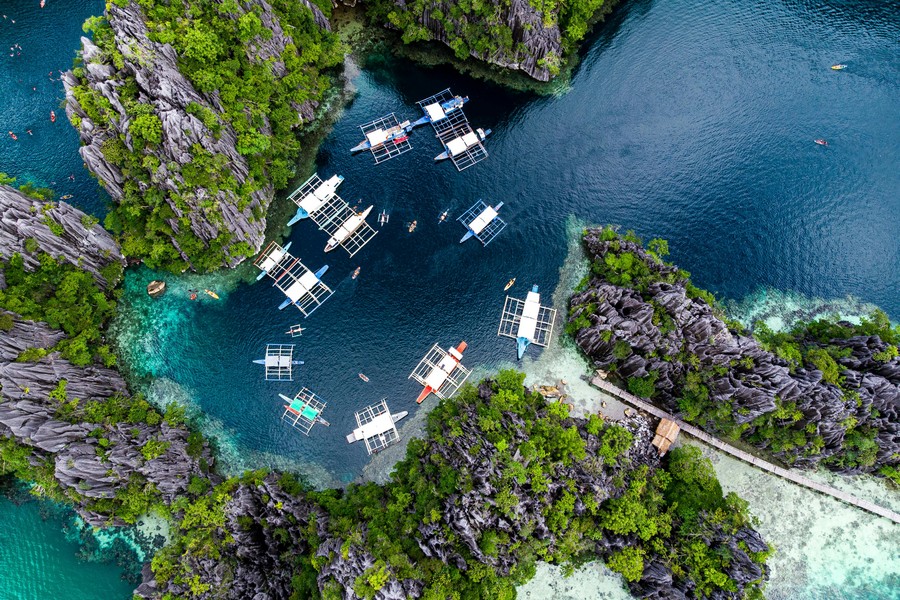
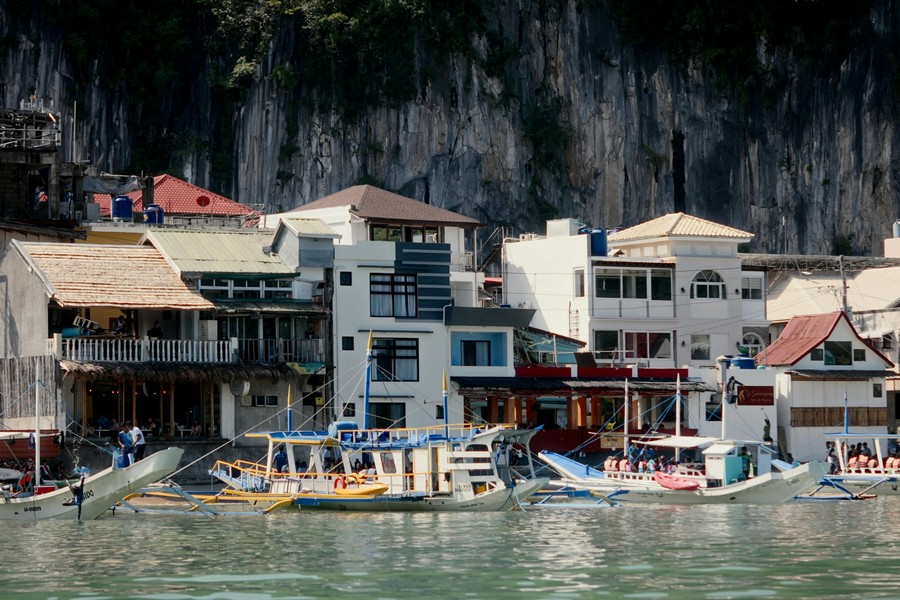
Paradise, Perfected
Palawan doesn’t just look like the world’s last, best paradise—it lives that promise every day. From the hush of El Nido’s lagoons and the story-soaked wrecks of Coron to the cathedral cool of the Underground River and the blue infinity of Tubbataha, this is a place where wild beauty and careful stewardship meet. It’s luxury that steps back so nature can take the spotlight, and an island culture that welcomes without crowding. No surprise, then, that travelers voted Palawan the best island in the world to visit in 2025. The verdict matches the feeling: among all the names on the map, this is the one that still feels like a discovery—pure, protected, and unforgettable.


